1. Drain PK, Holmes KK, Skeff KM, Hall TL, Gardner P. Global health training and international clinical rotations during residency: current status, needs, and opportunities. Acad Med. 2009; 84:320–325. PMID:
19240438.
2. Evensen A, Duffy S, Dawe R, Pike A, Nelson BD. Status of global health fellowship training in the United States and Canada. Can Med Educ J. 2019; 10:e80–e95. PMID:
31807229.
3. Organisation for Economic Co-operation and Development (OECD). Cancer care: assuring quality to improve survival. Paris: OECD Publishing;;2013.
4. Fan G, Zhou Z, Zhang H, Gu X, Gu G, Guan X, et al. Global scientific production of robotic surgery in medicine: a 20-year survey of research activities. Int J Surg. 2016; 30:126–131. PMID:
27154617.
5. Lee Y. A study on the Jejungwon Hospital Building in Jaedong and Gurigae, and uses of the hospital after its relocation. Uisahak. 2016; 25:373–406. PMID:
28529299.
6. Lee YA. A study on Horace N. Allen's medicine and recognition of Korean body. Uisahak. 2011; 20:291–325. PMID:
22343698.
8. Kim OJ, Hwang SI. The Minnesota Project: the influence of American medicine on the development of medical education and medical research in post-war Korea. Uisahak. 2000; 9:112–122. PMID:
12199222.
9. Chun HM, Munyi EN, Lee H. South Korea as an emerging donor: challenges and changes on its entering OECD/DAC. J Int Dev. 2010; 22:788–802.
10. Heimburger DC, Carothers CL, Gardner P, Primack A, Warner TL, Vermund SH. Nurturing the global workforce in clinical research: the National Institutes of Health Fogarty International Clinical Scholars and Fellows Program. Am J Trop Med Hyg. 2011; 85:971–978. PMID:
22144429.
11. Kimball AM, Harper D, Creamer K, Adeyemi A, Yates R, Lillywhite L, et al. Strengthening public health leadership in Africa: an innovative fellowship program. Acad Med. 2019; 94:1146–1149. PMID:
30870155.
12. Rezhake R, Hu SY, Zhao YQ, Zhang L, Zhao XL, Dominguez AZ, et al. Impact of international collaborative training programs on medical students' research ability. J Cancer Educ. 2018; 33:511–516. PMID:
27832507.
13. Heimburger DC, Warner TL, Carothers CL, Blevins M, Thomas Y, Gardner P, et al. Recruiting post-doctoral fellows into global health research: selecting NIH Fogarty International Clinical Research Fellows. Am J Trop Med Hyg. 2014; 91:219–224. PMID:
24865678.
14. Tankwanchi AB, Ozden C, Vermund SH. Physician emigration from sub-Saharan Africa to the United States: analysis of the 2011 AMA physician masterfile. PloS Med. 2013; 10:e1001513. PMID:
24068894.
15. Silvestri DM, Blevins M, Afzal AR, Andrews B, Derbew M, Kaur S, et al. Medical and nursing students' intentions to work abroad or in rural areas: a cross-sectional survey in Asia and Africa. Bull World Health Organ. 2014; 92:750–759. PMID:
25378729.
16. Vermund SH, Sahasrabuddhe VV, Khedkar S, Jia Y, Etherington C, Vergara A. Building global health through a center-without-walls: the Vanderbilt Institute for Global Health. Acad Med. 2008; 83:154–164. PMID:
18303361.
17. Shin HY. Dr. LEE Jong-wook-Seoul Project - successful Korean version of Minnesota Project - could be a model of partner in the field of medicine. J Korean Med Sci. 2015; 30 Suppl 2:S113–S114. PMID:
26617442.
18. The Korea Health Industry Development Institute (KHIDI). The Medical Korea Academy [Internet]. Cheongju: KHIDI;2020. cited 2020 Aug 24. Available from:
https://www.khidi.or.kr/eps.
21. Korean Surgical Society. 71st Annual Congress of Korean Surgical Society 2019 [Internet]. Seoul: Korean Surgical Society;2019. cited 2020 Aug 24. Available from:
http://ackss.or.kr/2019_2/index.php.
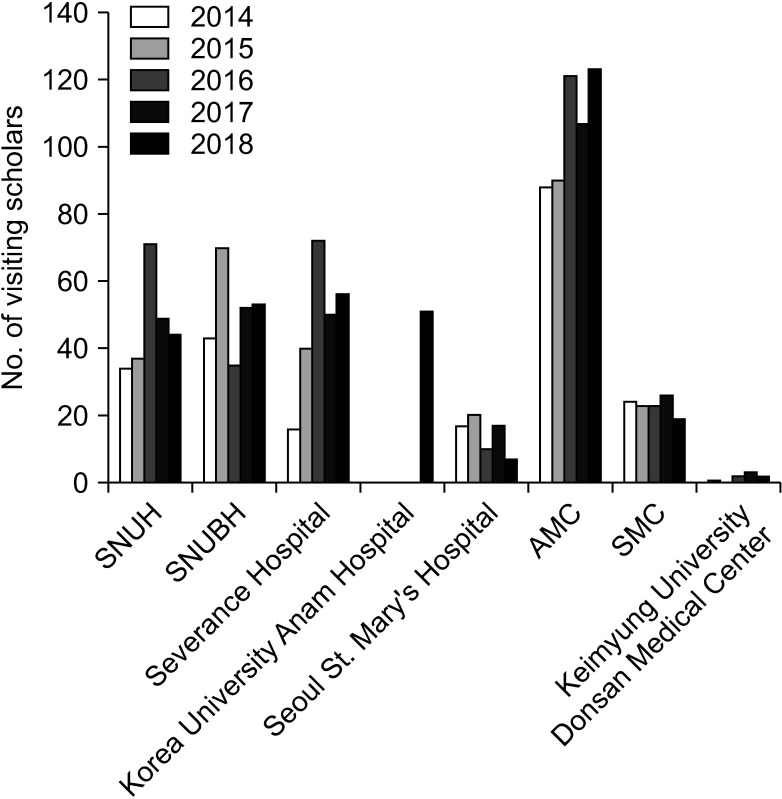
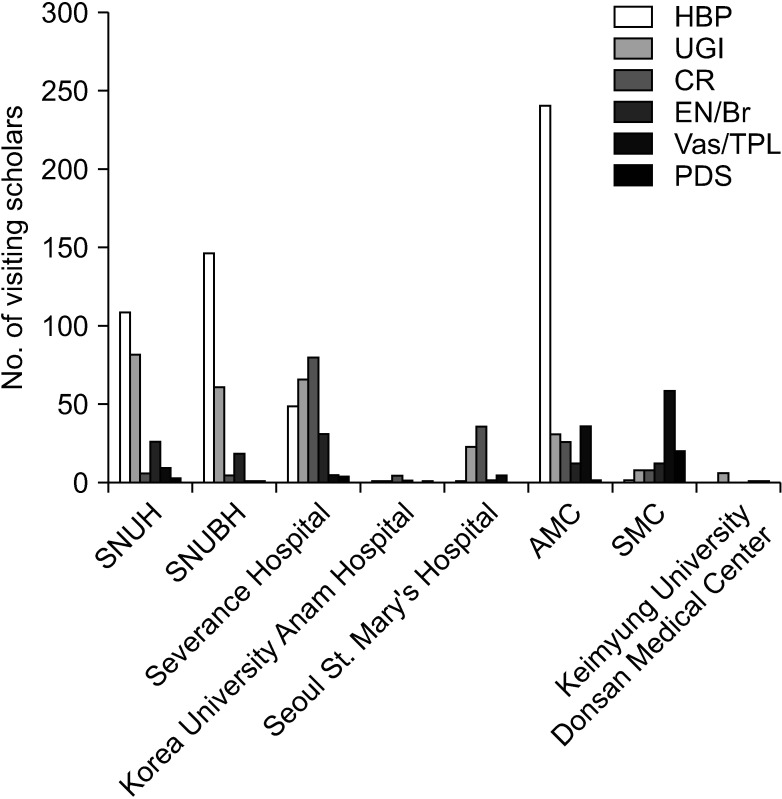




 PDF
PDF Citation
Citation Print
Print



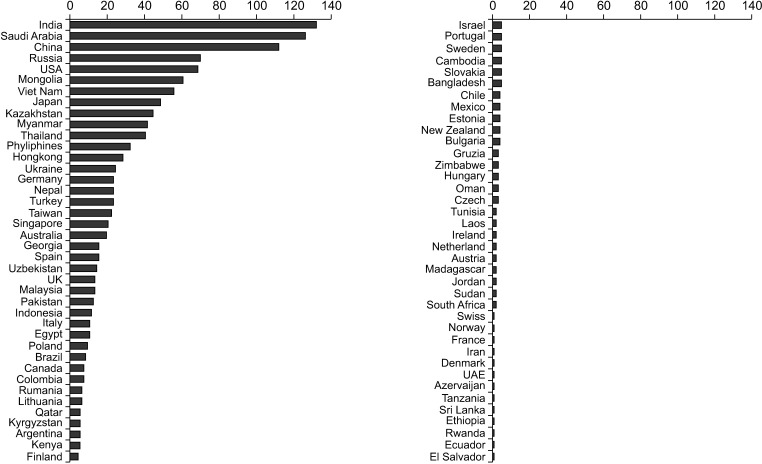

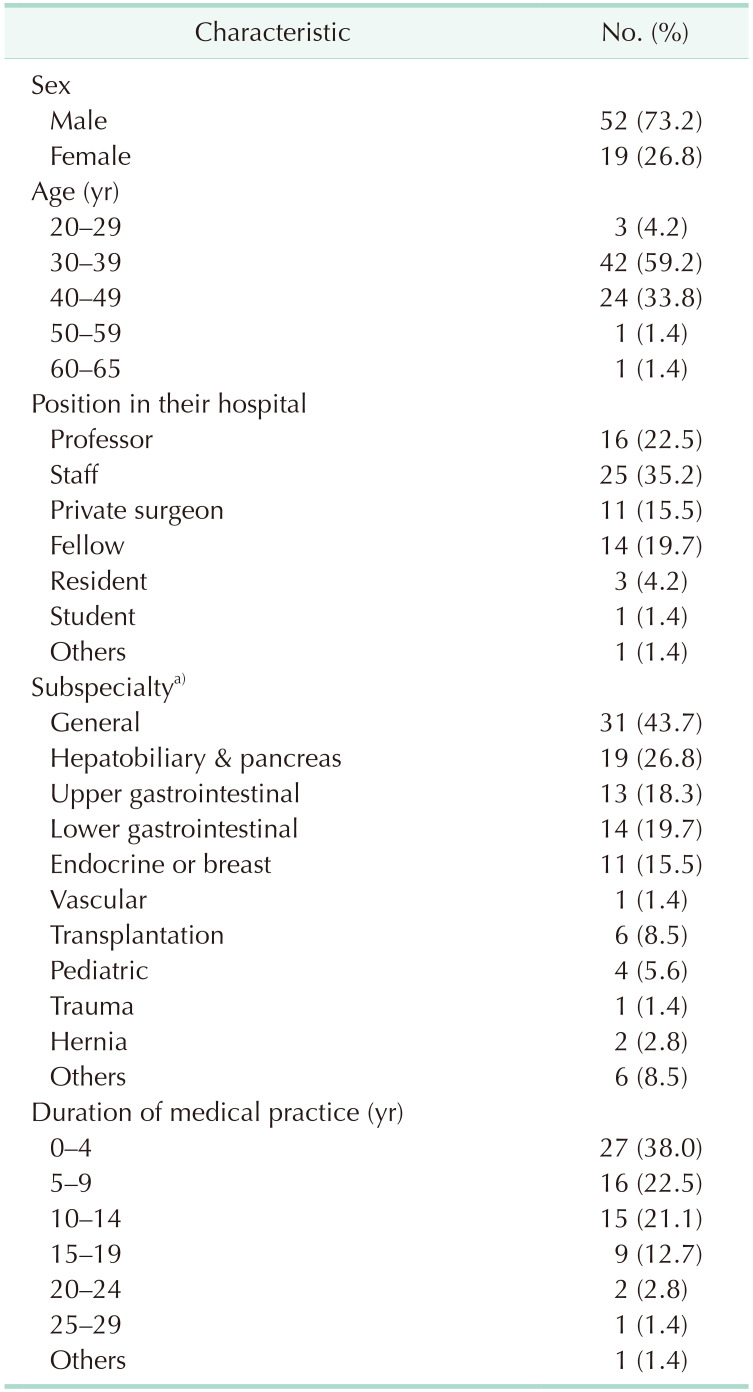
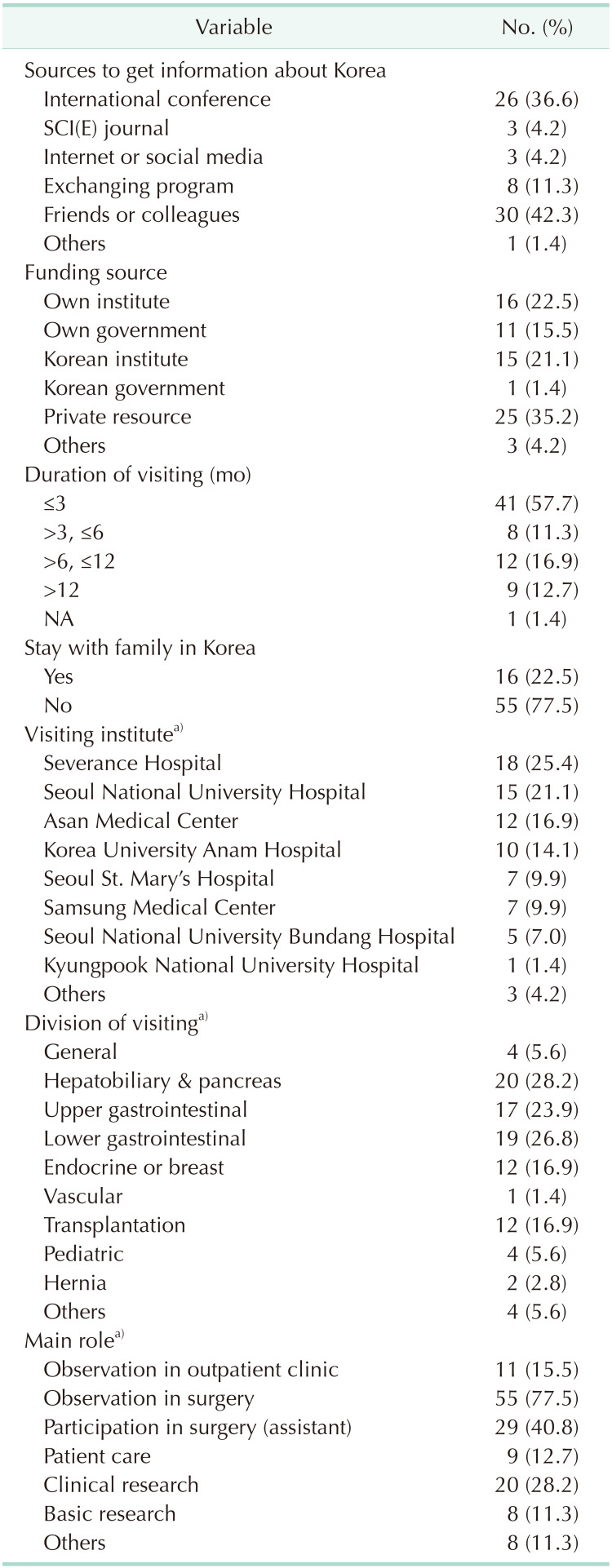
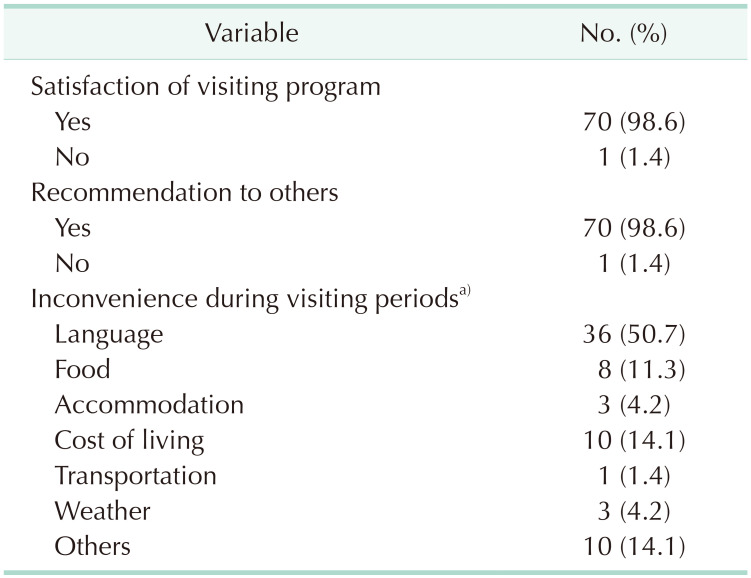
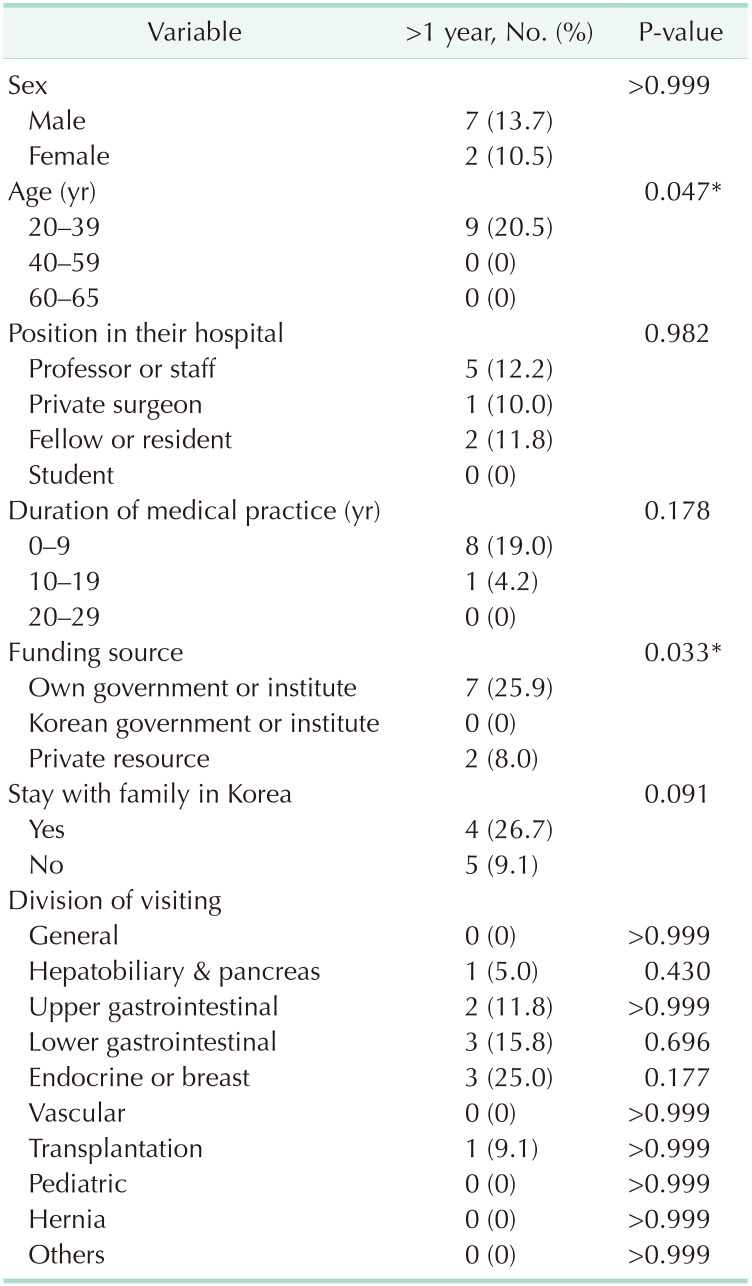
 XML Download
XML Download